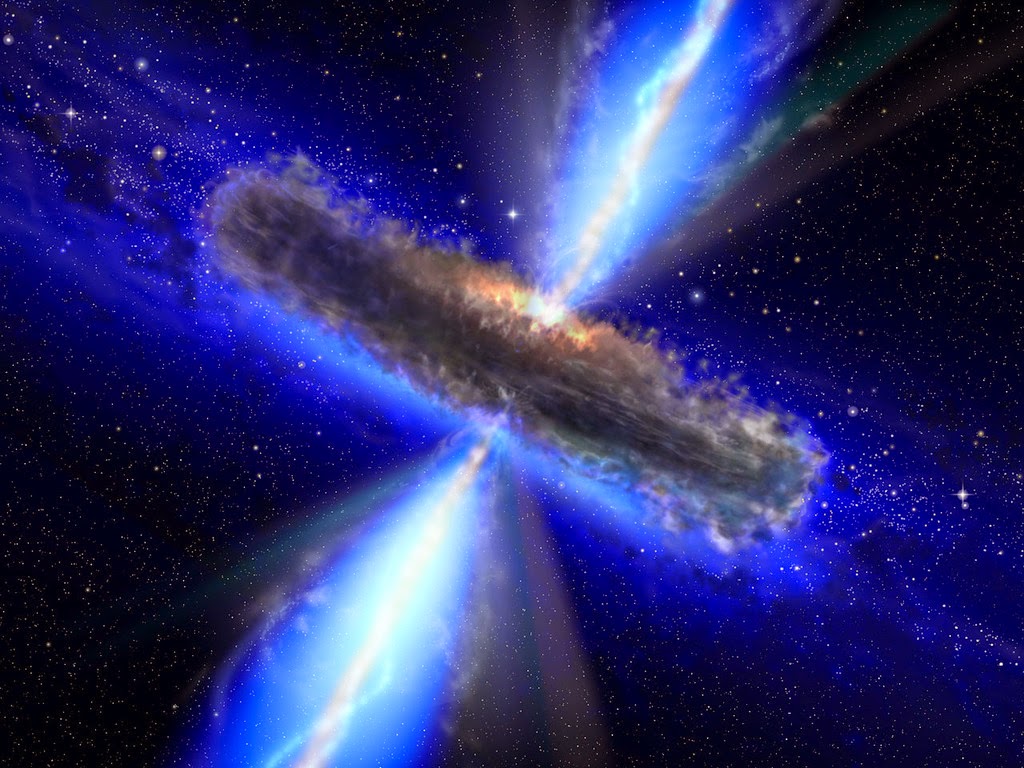For those of you who have never seen this, Netflix's synopsis is: "This documentary follows three kids at a controversial summer camp that grooms the next generation of conservative Christian political activists." So, these "Christian political activists" are extremist members of the Evangelical Church who run a controversial summer camp for young children. The woman at the forefront of this camp is Becky Fischer.
Fischer thinks that God is assembling an army, and children are the answer. She starts recruiting kids as young as 4 years old. She is also very hateful towards Muslims and associates them all with terrorists. This camp is held in the Mid-western United States.
One of the most promising recruits is Levi. He wants to be a preacher when he grows up, and he is very passionate about Jesus Christ. Fischer recognized this in him and had him preach a sermon at the camp. These sermons involve a lot of yelling, screaming, and crying.
I think that brain washing children is unethical, so I was kind of disturbed while watching this, but there was one part of this documentary that disturbed me more than other parts. They brought in a guy that was pro-life and had him show the children little dolls of unborn fetuses and told them how other people kill babies before they're born....I don't think that a 7 year old is mature enough to handle this type of information, let alone form a solid opposition to the pro-choice side of the argument. They took some of the kids to D.C. and had them protest with duct tape over their mouths (Levi being one of them)
.

































